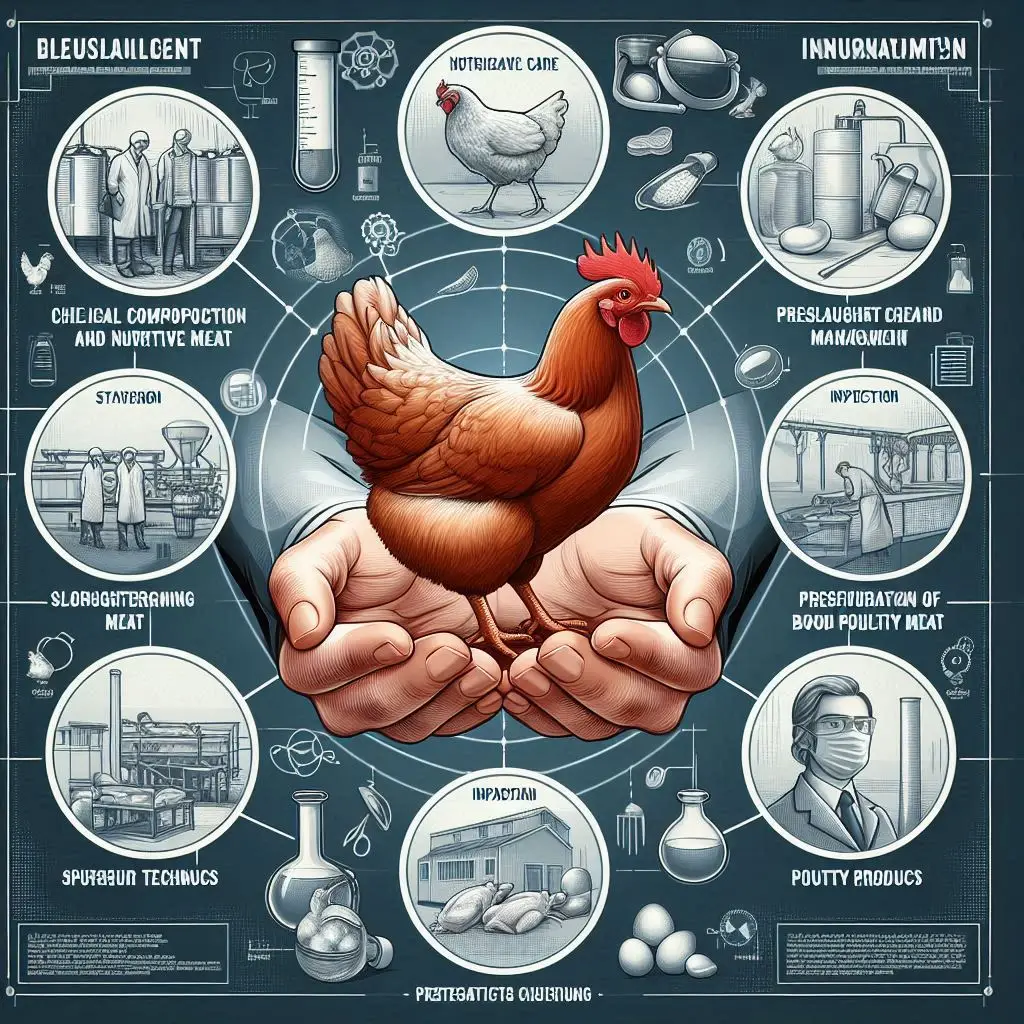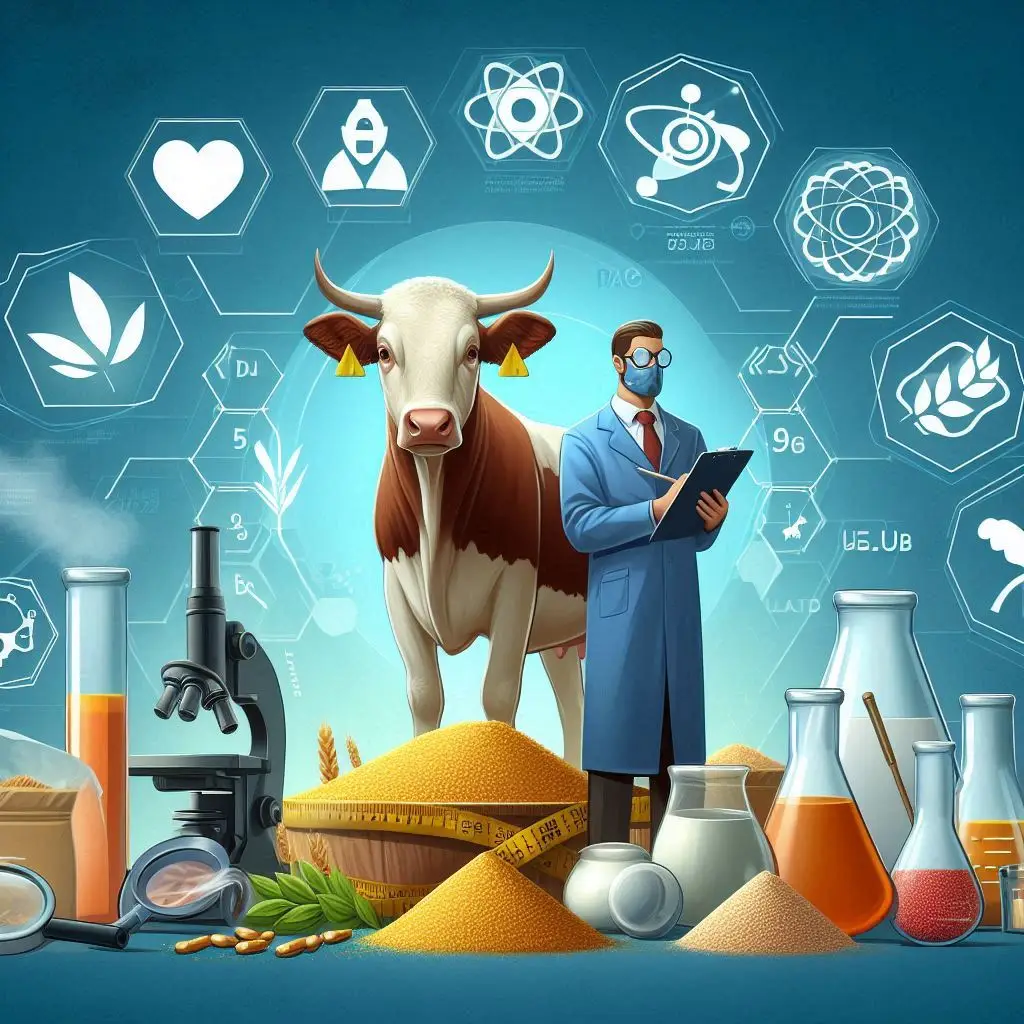Ante Mortem Care and Management of Food Animals

Introduction
The ante mortem care and management of food animals is crucial for ensuring both animal welfare and meat quality. In this article, we will delve into the practices of ante mortem care, stunning, slaughter, and dressing operations. Each phase plays a vital role in maintaining high standards for meat production. Therefore, understanding these processes is essential for anyone involved in the meat industry.
Ante Mortem Care
Importance of Ante Mortem Care
Ante mortem care and management of food animals refer to the treatment of animals before slaughter. Proper management during this phase is essential for several reasons:
- First, it ensures animal welfare.
- Second, it prevents stress.
- Finally, it enhances meat quality.
Transport and Handling
Transporting animals to slaughterhouses requires careful handling. Stress during transport can lead to poor meat quality. Consequently, here are some practices to consider:
- Use gentle handling techniques. This helps to minimize stress.
- Avoid overcrowding during transport. Overcrowding can lead to injuries and increased anxiety.
- Ensure adequate ventilation in transport vehicles. Good airflow is crucial for the animals’ comfort.
Lairage Management
Once animals arrive at the slaughterhouse, they should be placed in lairage. This area allows animals to rest and recover from transport stress. Key considerations include:
- Providing clean, well-ventilated spaces. Cleanliness is vital for preventing disease.
- Offering access to water. Hydration is essential for recovery.
- Allowing animals to rest for at least 24 hours before slaughter. This period is important for reducing stress levels.
Ante Mortem Inspection
Veterinarians conduct ante mortem inspections to assess the health of animals. This inspection should occur within 24 hours of slaughter. Inspectors look for several factors:
- Signs of disease. Identifying sick animals early is crucial.
- Abnormal behavior. Changes in behavior can indicate distress.
- Overall health condition. A thorough evaluation helps ensure only healthy animals proceed to slaughter.
Moreover, animals showing signs of distress or disease should be isolated for further examination. This practice not only protects the health of other animals but also ensures food safety.
Stunning Methods
Overview of Stunning
Stunning is a humane practice that renders animals unconscious before slaughter. This process minimizes pain and distress. Common methods include:
- Mechanical Stunning: A captive bolt pistol delivers a quick, concussive blow to the animal’s head. Consequently, this method is effective for many species.
- Electrical Stunning: Electrodes induce a seizure, leading to unconsciousness. This method is often used for pigs and cattle.
- Gas Stunning: Carbon dioxide is used to induce unconsciousness, primarily in poultry. This method has gained popularity due to its effectiveness.
Importance of Proper Stunning
Effective stunning is critical to prevent suffering. Operators must ensure that:
- The stunning method is appropriate for the species. Different species respond differently to various stunning methods.
- Animals are monitored for signs of consciousness after stunning. Continuous observation is necessary to confirm effectiveness.
- Any failures in stunning are addressed immediately. Quick action can prevent unnecessary suffering.
Slaughter Operations
The Slaughter Process
After stunning, animals must be bled quickly to ensure death. This step is crucial for preventing any chance of recovery. Key practices include:
- Immediate bleeding after stunning. This action is vital for ensuring a humane process.
- Proper handling to avoid contamination. Contamination can compromise meat quality.
Dressing Operations
Dressing involves removing the skin and internal organs. This process must be conducted with strict hygiene standards to prevent contamination. Important points include:
- Use sanitized equipment. Clean tools are essential for food safety.
- Ensure that all staff follow hygiene protocols. Consistent adherence to hygiene practices is necessary.
- Inspect carcasses for any signs of disease. Regular inspections help maintain meat quality.
Furthermore, training staff on proper techniques can significantly reduce the risk of contamination.
Conclusion
In conclusion, the ante mortem care and management of food animals, along with humane stunning and efficient slaughtering, are essential for ensuring animal welfare and meat quality. By following best practices, the meat industry can maintain high standards while meeting consumer demands for ethically produced food. Therefore, continuous education and adherence to these practices are crucial for all stakeholders involved in meat production.
For more pearls of Vets Wisdom:
https://wiseias.com/partitioning-of-food-energy-within-animals/






Responses